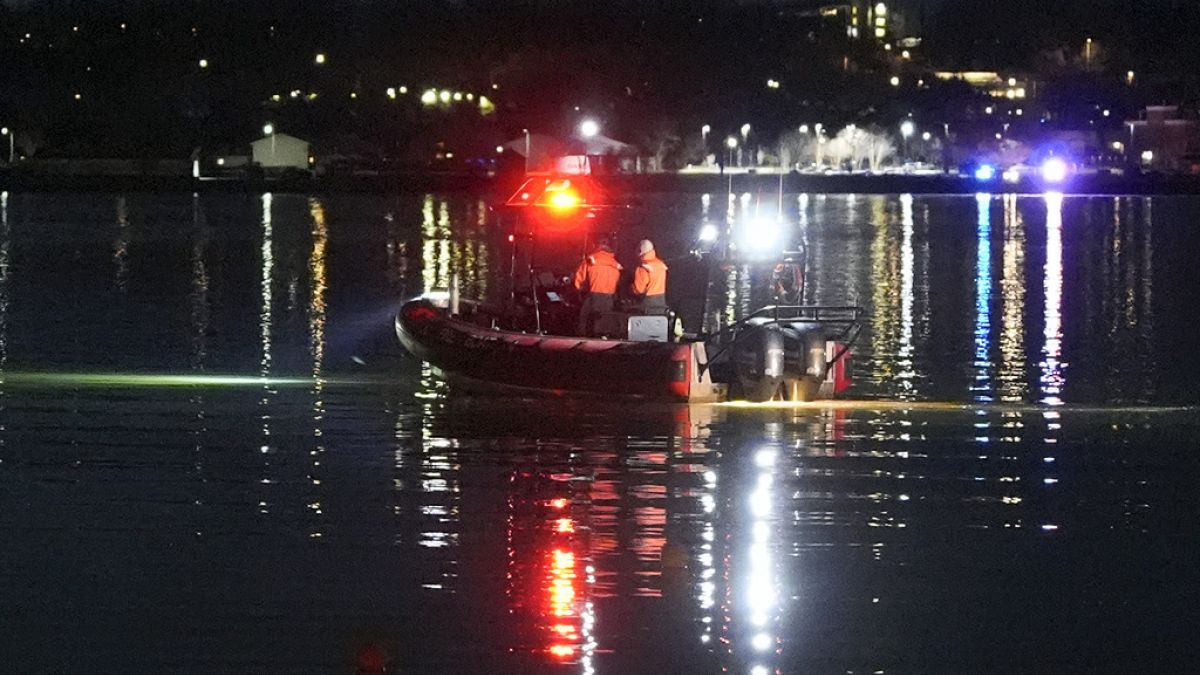Travel
Flying is still the safest form of transportation, experts say

Introduction: The Safety of Flying in Perspective
In recent months, the aviation industry has faced several tragic incidents, including the crash of an American Airlines plane near Washington, D.C., which has understandably raised concerns about air safety. Yet, it’s important to view these events within the broader context of aviation safety. Despite these incidents, flying remains one of the safest modes of transportation. This article explores the recent crashes, the factors contributing to them, and the measures in place to enhance safety, reinforcing the notion that air travel is safer than ever.
The American Airlines Crash: A Detailed Account
On January 29, American Airlines Flight 5342, carrying 64 passengers and crew, collided with a military helicopter while approaching Ronald Reagan National Airport, resulting in a tragic plunge into the Potomac River. The incident occurred just minutes after traffic controllers instructed the pilots to land on a shorter runway, a request they compliantly accepted. Minutes later, the collision with a UH-60 Blackhawk helicopter occurred, leading to multiple fatalities. Authorities swiftly launched a search-and-rescue operation, illuminating the area and deploying inflatable boats. While the exact death toll remains unconfirmed, the incident has sparked a thorough investigation, involving air traffic controllers and the analysis of the aircraft’s final moments. This crash, along with others in 2024, has highlighted the complexity of aviation safety.
The 2024 Aviation Safety Landscape: Challenges and Context
The year 2024 has been particularly challenging for aviation safety, with several fatal crashes capturing global attention. These incidents include an Azerbaijan Airlines crash in Kazakhstan, resulting in 38 fatalities, and a Jeju Air crash in South Korea, which claimed 179 lives. While these tragedies are alarming, they must be contextualized within the broader aviation safety record. According to experts, 2024, despite being the deadliest year since 2018 with 318 fatalities, still underscores the relative safety of air travel, which transported over 5 billion passengers worldwide.
Historical Improvements in Aviation Safety
Historically, aviation safety has seen significant advancements. The risk of fatal accidents has decreased dramatically, from 1 in 350,000 during 1968-1977 to 1 in 13.7 million between 2018-2022. Research indicates that up to 80% of accidents are due to human error, with mechanical failures accounting for only 21%. Most accidents occur during takeoff and landing, as seen in the Jeju Air incident, where a bird strike and failure to deploy landing gear were critical factors. The crash of an Air Florida flight into the Potomac River in 1982, attributed to bad weather, and the 2001 September 11 attacks, which remain the deadliest terrorist attack in history, serve as poignant reminders of aviation’s complex safety landscape.
Learning from Tragedies: Enhancing Future Safety
Each aviation tragedy serves as a catalyst for improved safety measures. For instance, the 1956 Grand Canyon collision led to enhanced air traffic control systems, while the 1996 TWA Flight 800 disaster prompted modifications to prevent fuel combustion from sparks. The disappearance of Malaysia Airlines MH370 resulted in real-time tracking of all aircraft. Investigators analyze incidents meticulously, using "black boxes" to piece together events. These investigations inform safety recommendations and protocols that prevent future accidents. The 2024 crashes, including the Azerbaijani incident possibly involving Russian air defenses, highlight the importance of risk assessments and avoiding conflict zones.
The Future of Aviation Safety: A Collaborative Effort
Looking ahead, aviation safety is a collaborative effort involving manufacturers, airlines, and regulators. The European Aviation Safety Agency (EASA) provides critical conflict zone information, while airlines conduct thorough risk assessments. Despite these measures, vigilance is crucial to maintaining safety records. Each accident, while tragic, contributes to a safer future for air travel. As the industry continues to evolve, the integration of new technologies and lessons learned from past incidents will further enhance safety, ensuring that air travel remains the safest mode of transportation.
Conclusion: Reassurance and the Continued Safety of Flying
In conclusion, while recent aviation incidents are concerning, they do not diminish the overarching safety of air travel. Historical data, expert insights, and ongoing improvements underscore that flying is safer than ever. Each tragedy is a step towards better safety measures, reinforcing the industry’s commitment to protecting passengers. As we move forward, the aviation industry remains dedicated to learning from the past to ensure a safer future, offering reassurance to all air travelers.











